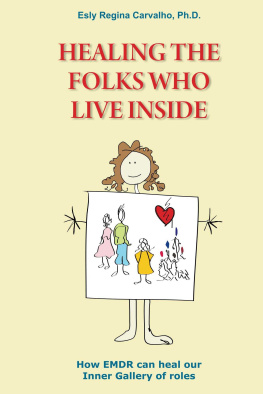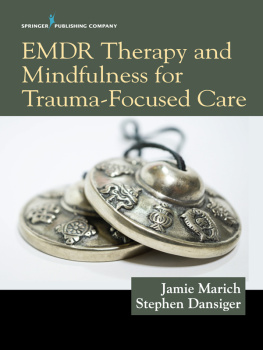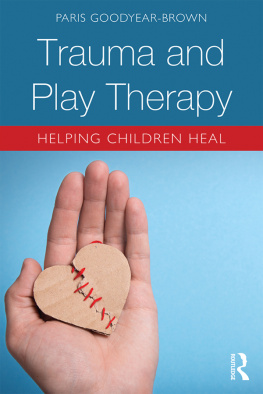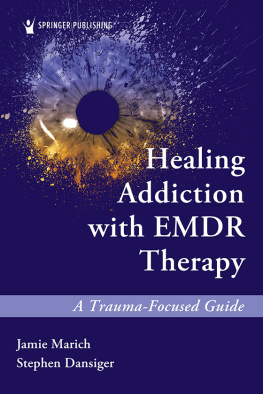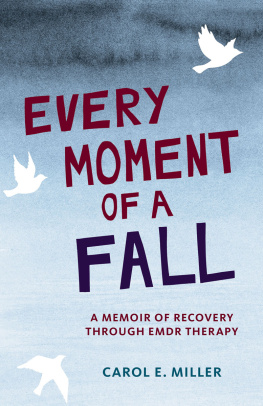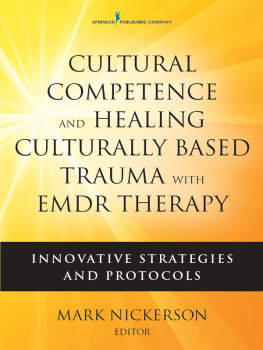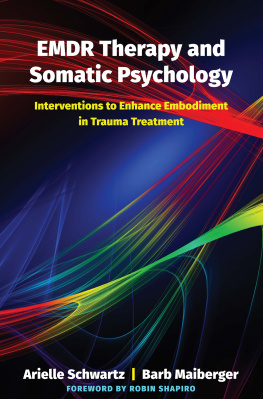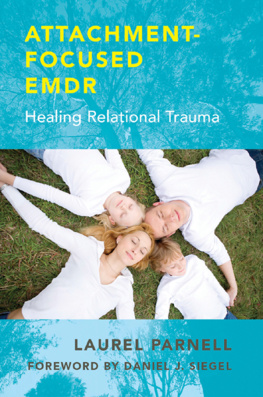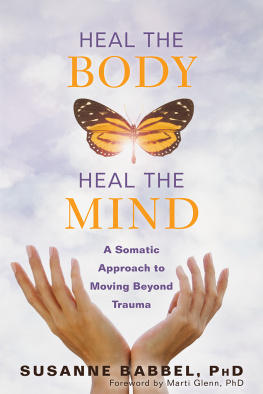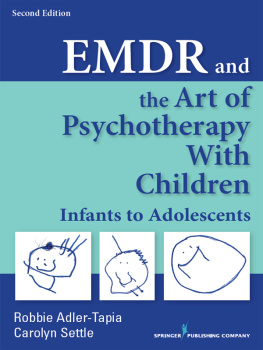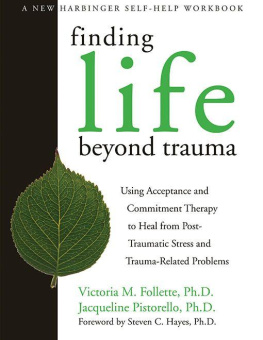Healing the
Folks Who
Live Inside
By Esly Regina Carvalho, Ph.D
Sign up here to receive three free lessons about your Inner Gallery of Roles directly in your inbox.
Table of Contents
Preface
All of us have "people" who live inside. If we stop to listen, we can hear the "voices" of many of them. Sometimes we hear the voice that says, "You are so stupid!" when we make mistakes; Scaredy-Cat is afraid of everything and prevents us from doing a lot of worthwhile things out of fear. Some of the folks inside are so anxious that they cause us to make bad decisions just so we can put an end to our feelings of anxietywhen instead, we should be solving problems with prudence and wisdom. And, all of us have an Inner Medical Doctor
Every day the Inner Gallery is present in our lives. They start developing very very early! We can easily become aware of some of our roles if we stop and listen on the inside. However, there are other roles that govern our lives without us ever realizing it. The one who sits in the "drivers seat" of our lives is the one who often makes the decisions. If our Inner Child takes over the decision-making process from the Adult who should be in charge, we may wind up with more problems than solutions.
Once, I had a patient who asked me if I thought she would be able to spend a month in another country in order to perfect a foreign language. I told her:
It depends ...
Really? What does it depend on?
It depends on who goes ...
Im not sure I understand what you mean?
If the capable and mature Adult Engineer goes, I think there will be no problem studying abroad for a month. But if your seven-year-old Inner Child goes, the one who lives tied to her mammas apron strings, youll be back in 24 hours ...
Oh, I think I get it
It doesnt take much to become aware of some of our roles, but there are others that we will have to pay attention to (or enter therapy) in order to understand them. Many times, when we do not understand why we do certain things, it is likely that some hidden role kidnapped the one who should be in the driver's seat of our lives, and took over our actions.
In Brazilian homeopathy it is said that the difference between medicine and poison is the dosage. The same thing goes for our Inner Gallery. In some extreme cases, we find people who have developed different "personalities." (We'll discuss this later when we talk about dissociation). They often navigate life without any awareness of other parts or roles. Even when confronted with the reality of their actions, they cannot remember what they did when they were in another role. This is a rare situation, although more common than previously thought. What is common is to have our gallery populated by roles that were blocked in their development when we were growing up.
In recent years, the emphasis of my work has been to help people heal from trauma and painful memories. The more I work with this issue, the more I am convinced that traumas - big and small - are affecting our lives today. Those traumas impact our ability to choose wise responses and to react well to the daily situations we face. In a sense, we were made for a perfect world, and we really do not know how to deal with imperfection, violence, death, the breakdown of interpersonal relationships, disappointment, or the loss of our dreams and our hope for a better future.
I hope this book will clarify the existence of our Inner Gallery of roles, explain how these roles are born and develop within you, and help you understand what function they have in your life through their interactions. Finally, I trust this book will provide you with ways to heal those wounded characters of your Inner Gallerythose characters that prevent you from living life to the fullest. You can learn to celebrate those roles that edify you, lift you up and serve as positive resources for your life. This will happen when you learn to negotiate a "good neighbor policy" on the inside, amongst the roles that live within you, your Inner Gallery.
As a token of our appreciation for reading this book, we would like to offer you the opportunity of signing up for our free e-course (three lessons) that will help you identify the members of your Inner Gallery of Roles. Sign up here and receive the lessons directly in your inbox. Use the lessons to help you deepen your understanding about who lives inside of you.
Introduction
This book was written for the general public as a way of helping people understand themselves better. It can help people make contact with their inner roles: the folks who live inside. For this reason, the language is simple and, hopefully, accessible to all.
I would like to clarify from the outset that I do not think the roles that represent our Inner Gallery are real "people" inside of us, but are only a creative concept used to help us understand our inner roles and how they guide our thoughts, emotions and behaviors. These are internal constructs that all of us have.
Psychotherapists in general can take advantage of the therapeutic concepts presented here, and will no doubt identify the steps of the professional protocols, but Psychodramatists and EMDR therapists will especially benefit from the procedures and case stories presented here. Those who want to understand what EMDR and the Play of Life are all about, may want to skip the beginning of the book where trauma and its consequences receive the major emphasis. This might help professionals understand some of the case observations presented in the early chapters.
The cases presented here are true, but care has been taken to disguise all identifying information. All names and personal details have been changed to protect the identity of people who have shared from their lives. These situations took place around the globe, since I have lived and worked in four countries, and have treated people in many more.
I have always chosen a different name to describe a specific case, but it is impossible to avoid the use of common names. Nowhere was the actual name of a patient used. My clients (past and present) can be assured that if they find a case with a name like theirs, they are not the subject described in the vignette. Any similarity between the names of my clients and the cases presented is purely coincidental.
The essence of these stories has been maintained in order to illustrate how the new reprocessing therapy, EMDR, can change people's lives especially when aligned with earlier theories and practices like role therapy and Psychodrama. Unfortunately, the emotional feel and the physical expressions of patients is somewhat lost in the writing, but I still believe that it is possible to get an idea of how the session develops, as well as to understand the speed and impact of EMDR.
That saidlet's get to know the folks who live inside?!
Introducing the Folks Who Live Inside
All of us have folks who live inside." These are inner roles or folks that develop over our lifespan, many of them during childhood. These roles have certain elements in common:
First of all, this inner gallery of roles really does exist, but only inside of us. Newborn Baby , Inner Child , Adolescent in Crisis , Teenage Rebel, Scaredy-Cat , our own Mother and Father , or the Inner Medical Doctor are all roles that may have come to live within us as a result of our life experiences.. Each time an incident in our life was poorly digested or "filed" away in our brain in a maladaptive manner, one more of these roles became frozen within our psychic (neurochemical/brain) existence: as a new addition to our Inner Gallery of roles. This is the result of normal development and it should not surprise us.
Emily: I have the feeling that many people live in here ... the way you described the Inner Gallery of roles. There is a Scaredy-Cat ... she reminds me of a frightened kitten. When she shows up, I get butterflies in my tummy. I panic. I dont think I can deal with the simplest of situations. When the Adult reappears, I cant understand how that Scaredy-Cat could be so frightened about such a silly little thing, something that was so easy to solve. But when Scaredy-Cat puts in an appearance, there is nothing I can do to calm her down. I think maybe she just needed a hug from someone who cared about her...

